The Poetry and Passion of Joan Mitchell’s Abstract Expressionist Paintings
A traveling exhibition will unite 80 works by the acclaimed artist, who thrived in 1950s New York despite widespread sexism
:focal(695x909:696x910)/https://tf-cmsv2-smithsonianmag-media.s3.amazonaws.com/filer/a1/84/a1840279-c3cf-4b37-ab54-842cf24f8968/21_portrait_of_joan_mitchell_in_her_studio_1956.jpg)
The dense webs, clusters and tangles of color seen in Joan Mitchell’s paintings evoke everything from a lake to a poem to a city scene to something more abstract. As the American artist wrote to a friend in 1958, “I paint from remembered landscapes that I carry with me—and remembered feelings of them, which of course become transformed.”
Mitchell continued, “I could certainly never mirror nature. I would like more to paint what it leaves me with.”
Beginning this weekend, art lovers can explore more than 80 such “remembered landscapes” from Mitchell’s five-decade career, including rarely seen early works and late-in-life masterpieces, at the San Francisco Museum of Modern Art (SFMOMA). Titled “Joan Mitchell,” the exhibition opens September 4 and runs through January 17, 2022. Per a statement, the show will then travel to the Baltimore Museum of Art (BMA) and the Fondation Louis Vuitton in Paris.
As Mitchell told art historian Linda Nochlin in a 1986 interview, she tended to title her works based on the specific memories raised by completed compositions. The artist left some works untitled but bestowed lyrical names on others, referencing her love for the Lake Michigan of her childhood; lines of poetry; her pets; or scenes from time spent in New York, Paris and the French countryside—all themes that appear in the SFMOMA show.
Born into a wealthy Chicago family in 1925, Mitchell grew up in a competitive, cultured environment. Her father took her on regular trips to the Art Institute of Chicago, and her mother, a poet and author, forged close connections with many of the city’s literary elite.
A high-achieving and athletic individual, Mitchell competed in national figure skating competitions as a teenager, per the National Museum of Women in the Arts. These skills later translated into her painting career, which found her working long hours and creating larger-than-life webs of complex, varied brushstrokes.
“Mitchell’s paintings from the 1950s are enormous in scale,” co-curator Katy Siegel of the BMA tells the Wall Street Journal’s Susan Delson. “The gestures are very athletic and direct.”
Mitchell launched her career in the extremely white, male-dominated art world of 1950s New York City. She numbered among a handful of women, including Helen Frankenthaler, Elaine de Kooning, Lee Krasner and Grace Hartigan, who made and exhibited art despite ingrained sexism in the industry. As Kenneth Baker notes for the Art Newspaper, critics patronizingly referred to the artists as “woman painters” and ranked them beneath their male peers.
Though Mitchell is often associated with the most popular faces of the American Abstract Expressionist movement—namely, Mark Rothko and Krasner’s husband, Jackson Pollock—she actually spent most of her career in France, moving overseas permanently in 1959.
After living in Paris for just under a decade, Mitchell moved to the tiny village of Vétheuil—just a few miles from Giverny, where French Impressionist Claude Monet once tended his renowned garden. She remained there until her death in 1992 at age 67.
One standout work in the SFMOMA exhibition is City Landscape (1955). The painting’s grid-like structure and dense, frantic explosion of color are suggestive of an urban environment. Also featured are many of the triptychs and diptychs that Mitchell created later in life, when she often drew inspiration from the surrounding rural French landscape. The artist famously admired Vincent van Gogh and created pieces inspired by his Sunflowers (1889), including a work in the exhibition similarly titled Sunflowers (1990–91).
All told, Siegel tells the Art Newspaper, the show will help viewers gain a deeper understanding of Mitchell’s career beyond her time spent working in New York.
As the curator adds, Mitchell was “a woman who managed to make art the center of her life and refused to let anyone tell her what being a woman meant—who sought tenderness, love, beauty, and also wielded athletic prowess and great ambition.”
“Joan Mitchell” will be on view at the San Francisco Museum of Modern Art from September 4, 2021, to January 17, 2022. The show will travel to the Baltimore Museum of Art on March 6, 2022, and remain on view through August 14.
/https://tf-cmsv2-smithsonianmag-media.s3.amazonaws.com/accounts/headshot/nora.png)
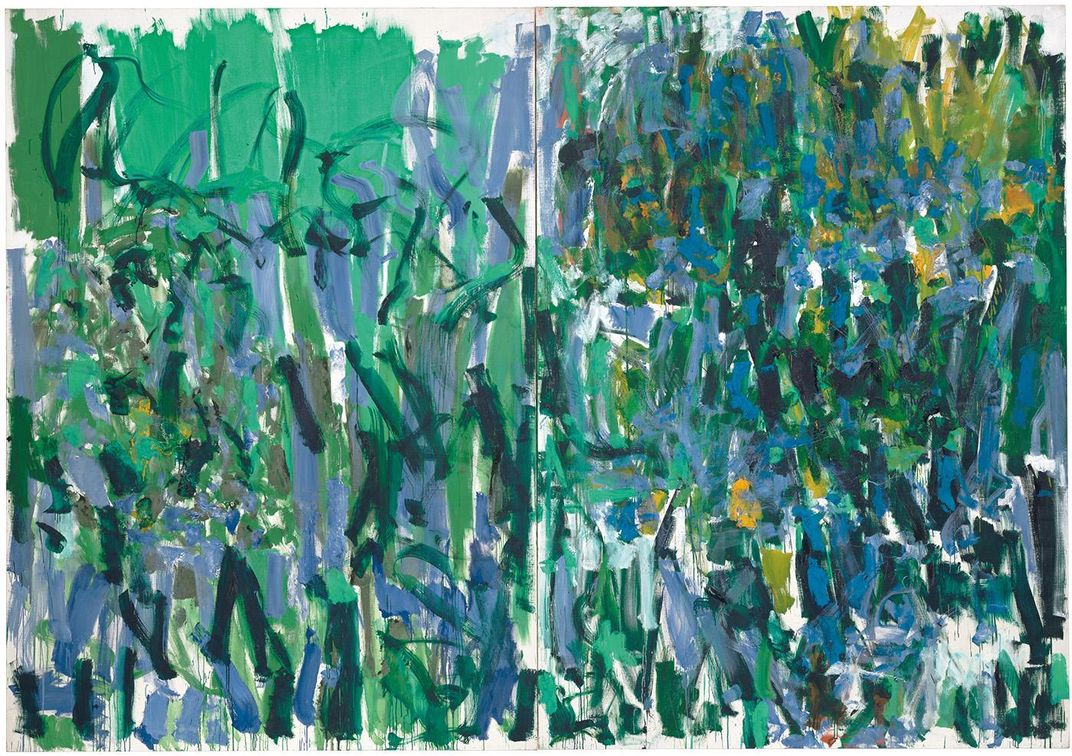
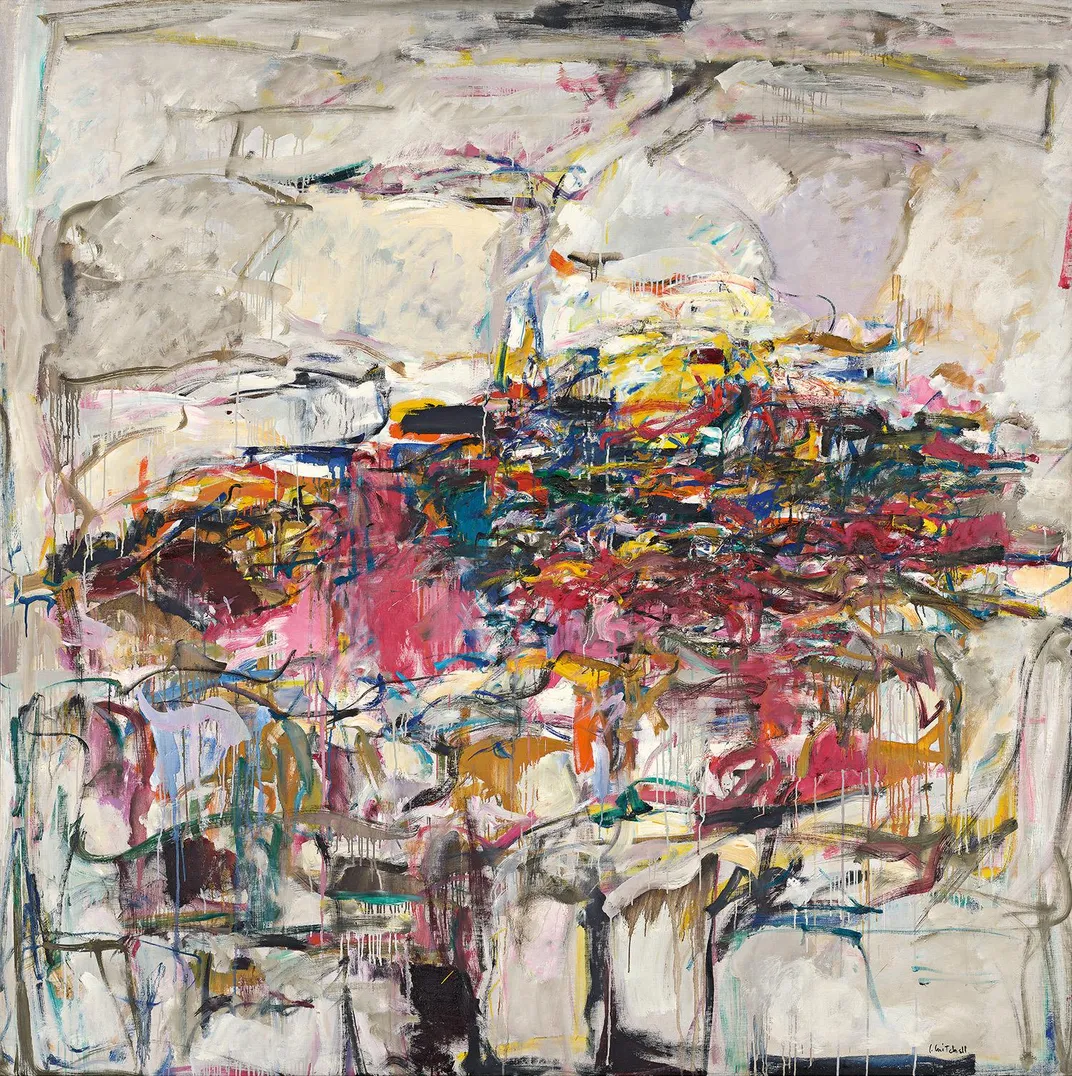
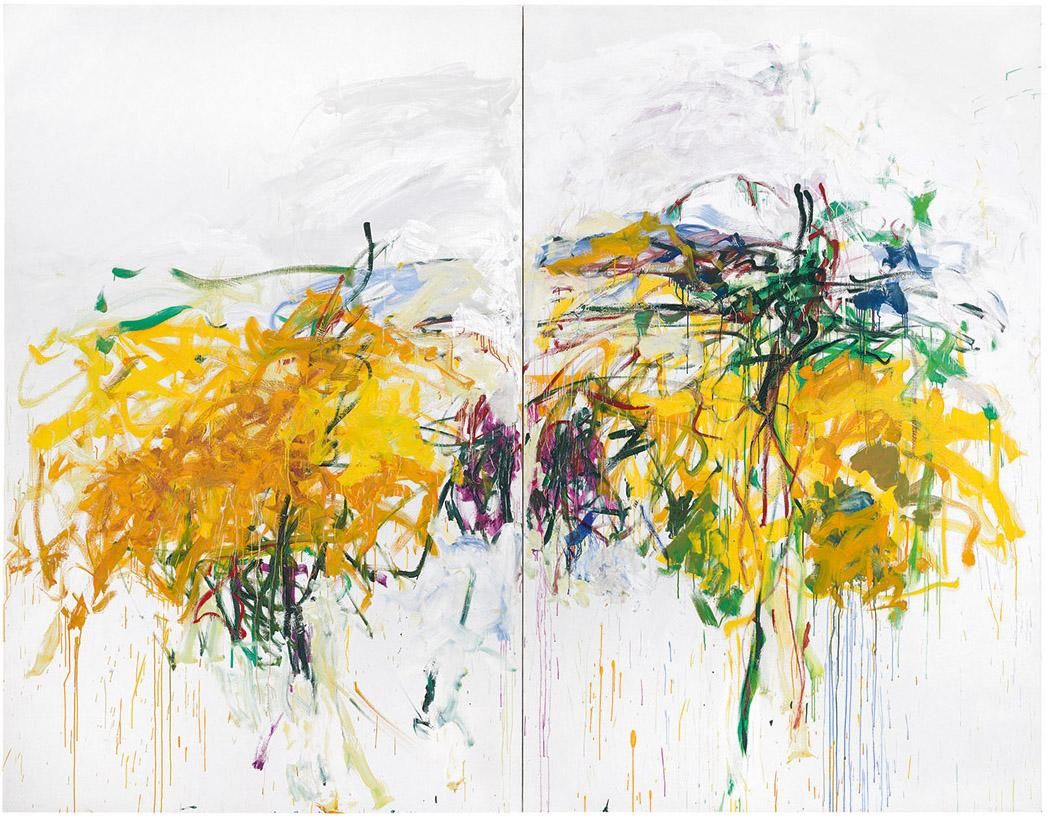
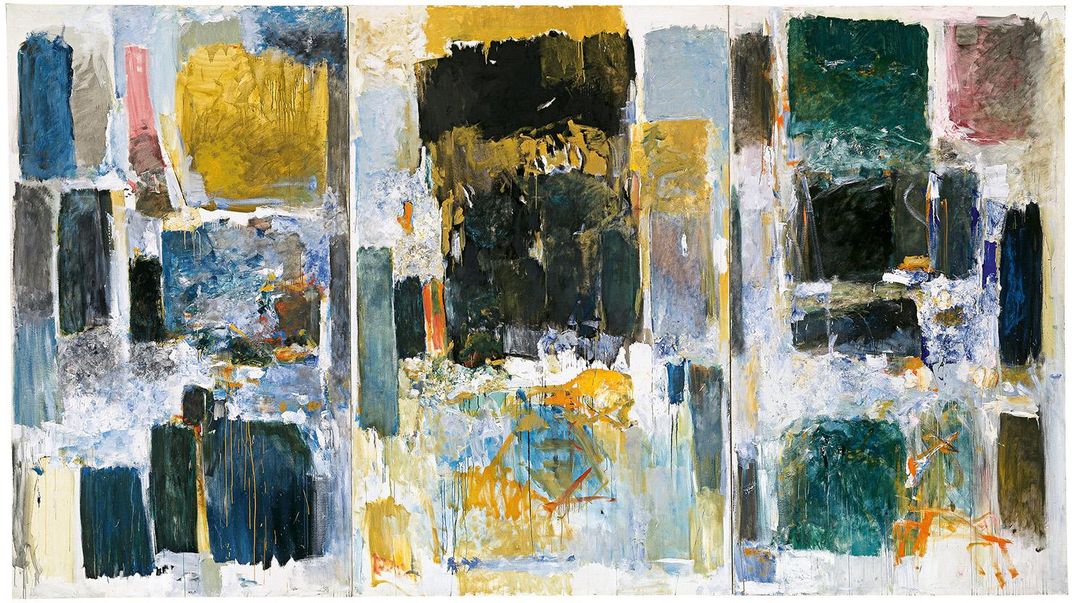
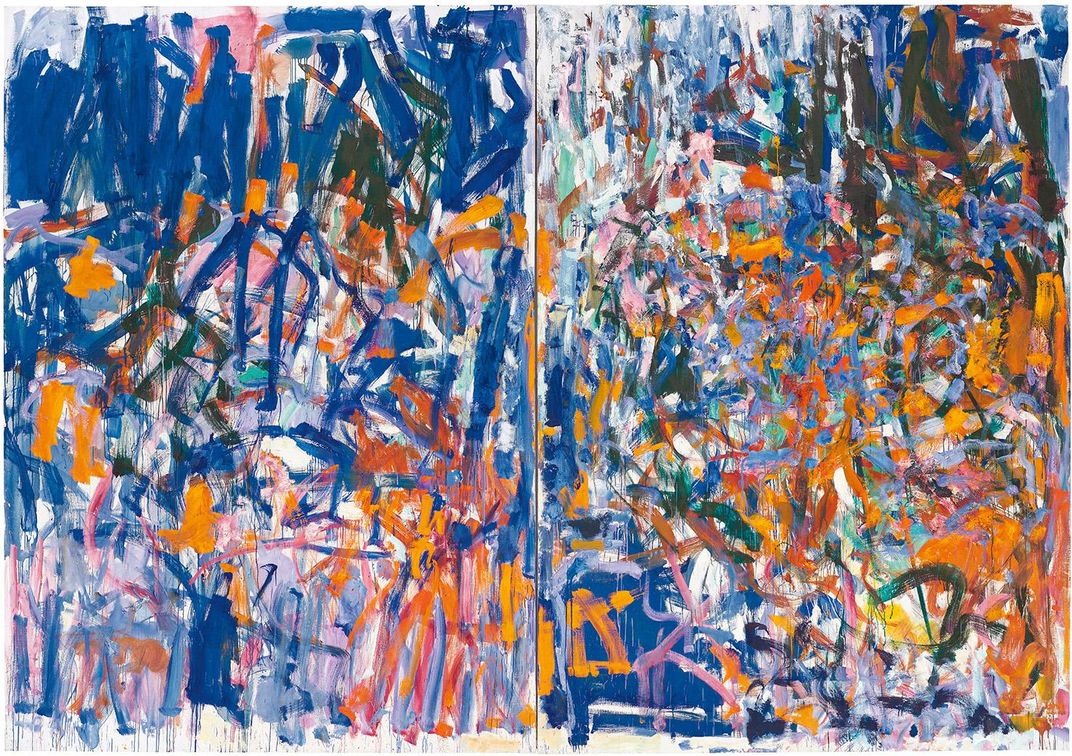
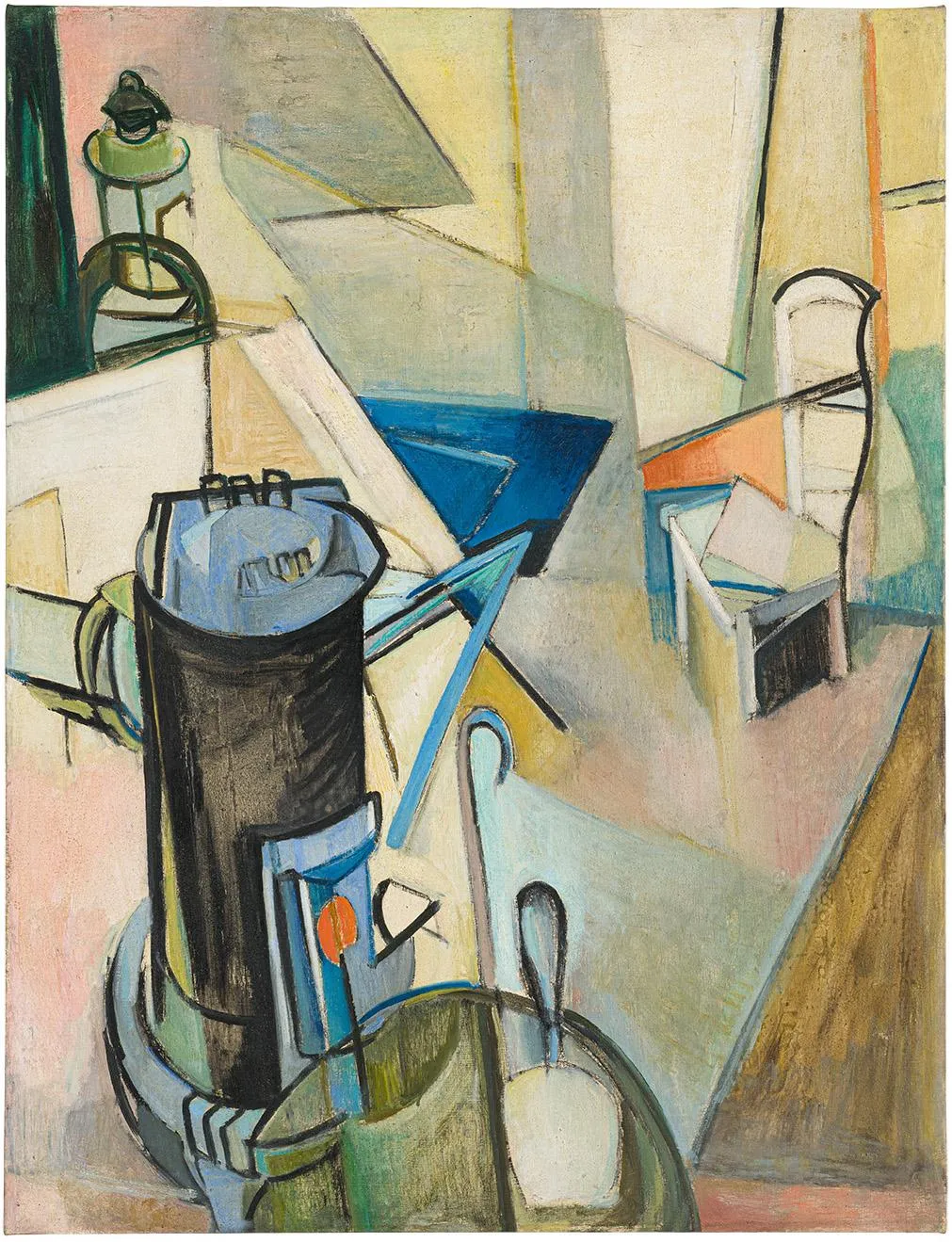
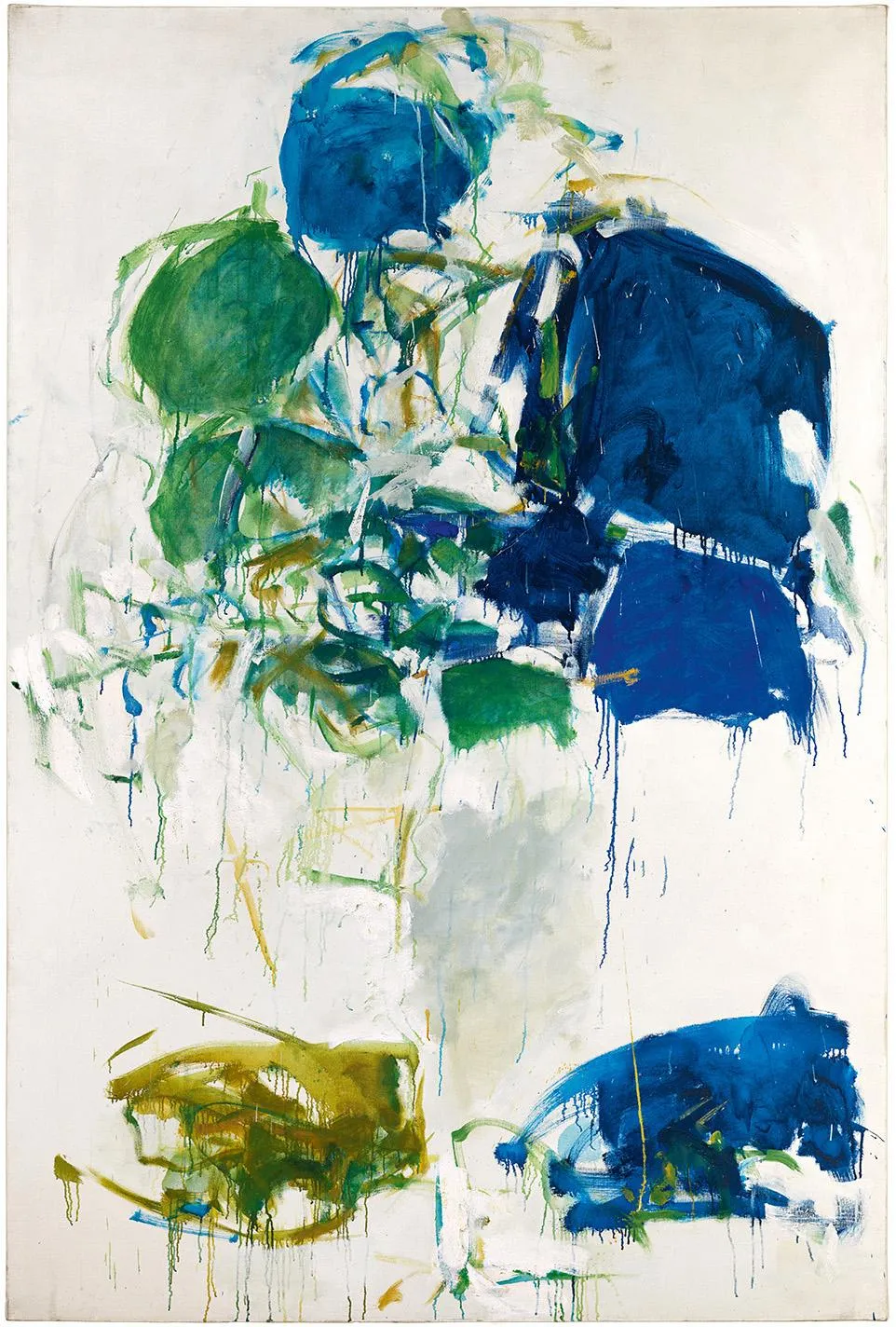
/https://tf-cmsv2-smithsonianmag-media.s3.amazonaws.com/accounts/headshot/nora.png)